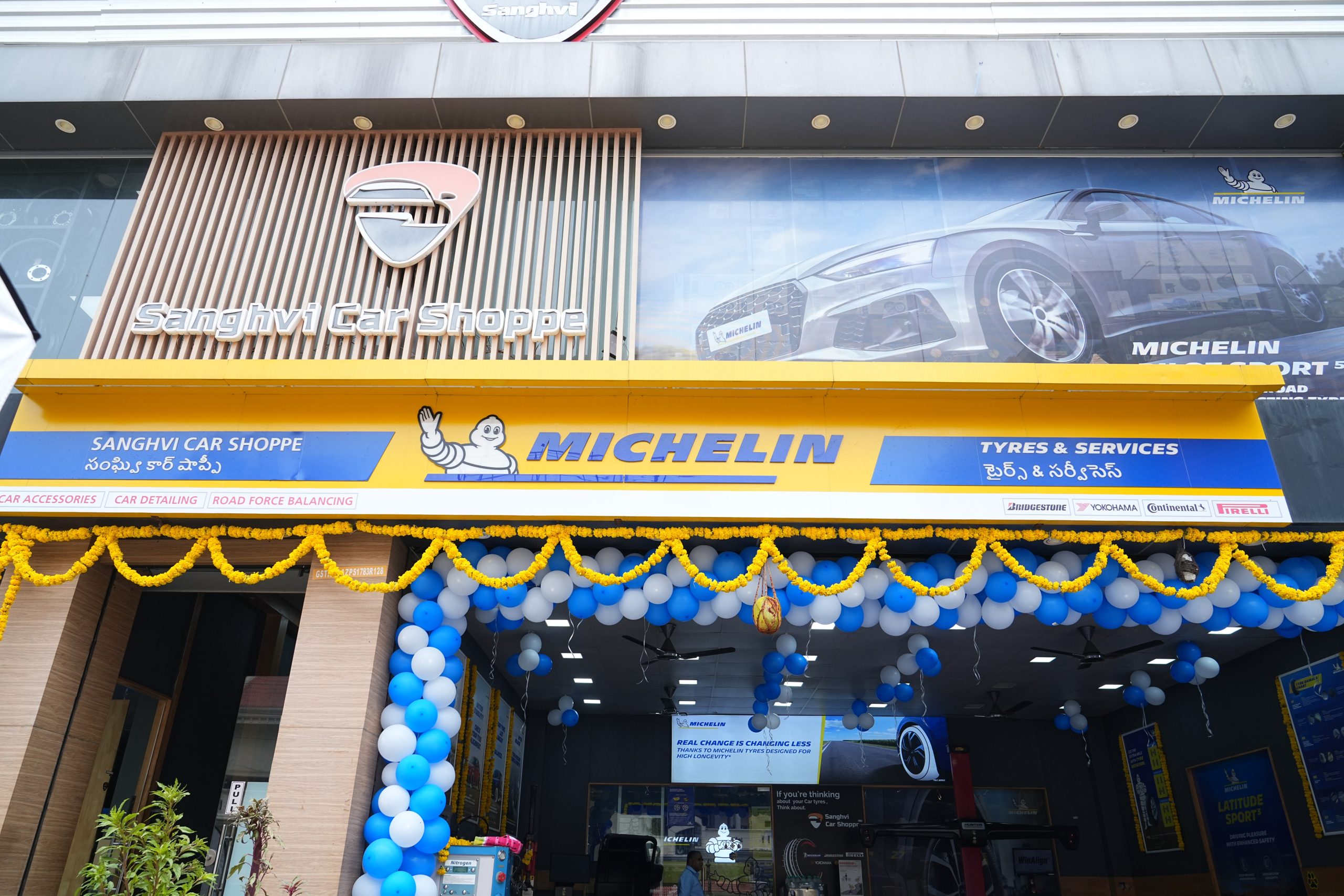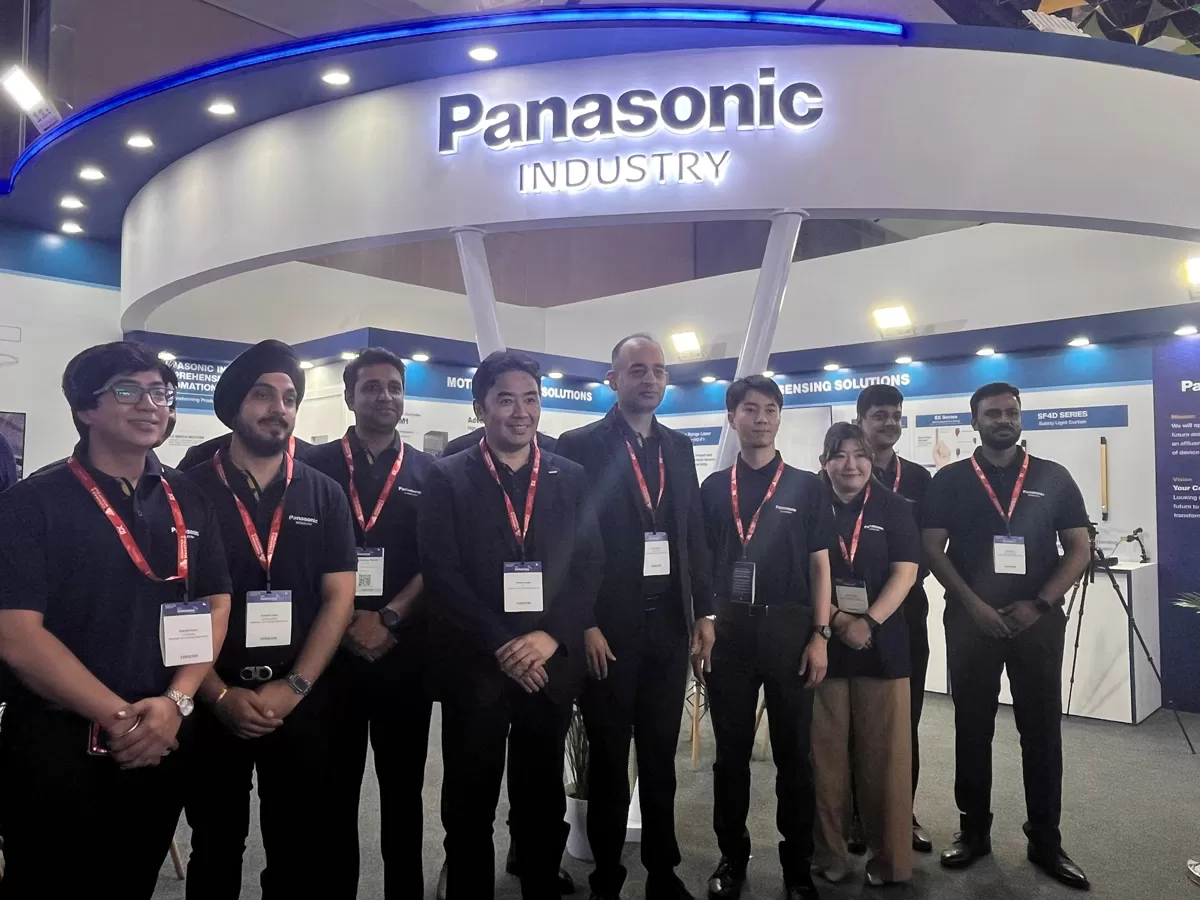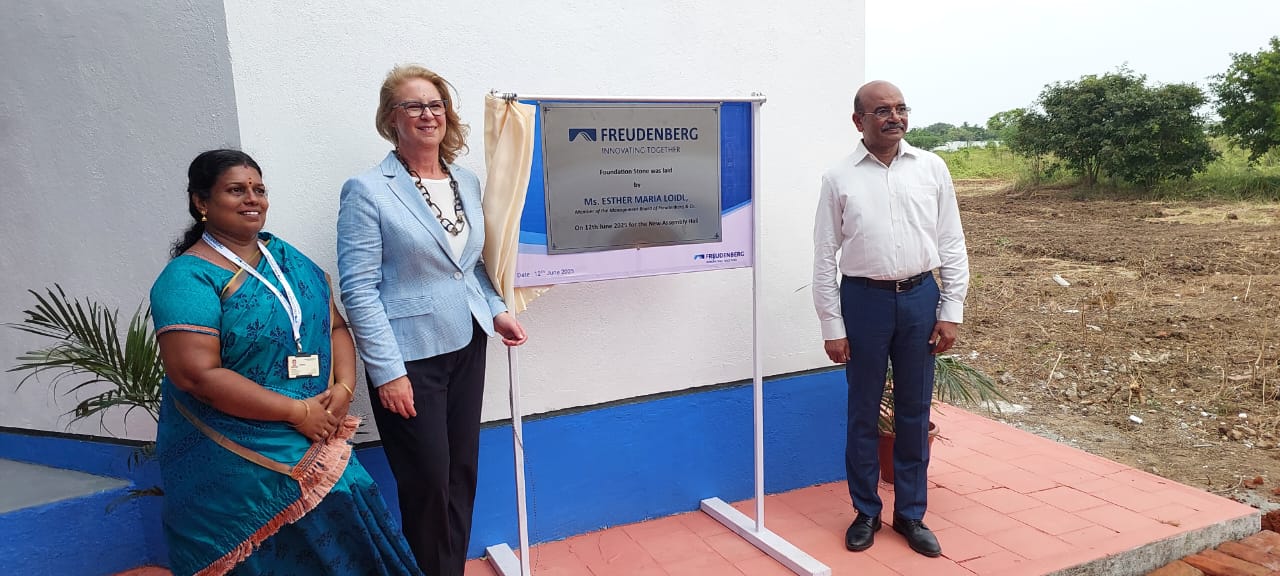Zygor Energy, run by Inder Sharma, is working on reducing emissions in the existing and new cars. He explains how a simple replacement of a spark plug can do that.
Story by: Sukhpreet Singh
Most of the powertrain components manufacturers are working on some innovative products to reduce the emissions and to meet the BS-VI norms. We recently met Inder Sharma, Founder of Zygor Energy Systems, who is a microbiologist by academics and an environmentalist at heart. He believes that while new emission norms and moving over to electric vehicles will be eventually happening, the existing vehicles running on internal combustion engines also need to be upscaled at a minimal cost. Adding components that will make an older vehicle adhere to BS-VI norms is a costly affair. But, Sharma’s solution is simpler. The cross-section area of ignition in a spark plug is very small. Zygor Energy’s new generation spark plugs have a spiral design with more than 1 electrode. The net result is the combustion of fuel happening at a much greater distance from the plug.
“A lot of technologies exist today to curb pollution, but everything is related to post-combustion process. I always believed to find a root cause of the problem and in this case, it is the incomplete combustion in a cylinder. So, if the combustion is complete or full, there is less pressure on the catalytic converter to reduce the contribution of harmful gases coming out of an internal combustion engine,” Sharma said. The focus for Zygor Energy has been to modify the spark plug in order to increase the combustion without wastage of gases. This has resulted in about 20% reduction in emission, and 2% increase in fuel efficiency.
Over the last 80 years, the evolution of spark plugs has been minimal. There are companies like Bosch that have introduced multi-electrode spark plugs which haven’t been successful due to their design. Sharma opined that the challenges with the spark plug were the design and experimentation but in 2013, the designers used a crown with the spark plug in between. This crown was specially designed to be fused in a spark plug design. The result was that fuel was getting ignited even 50mm away from the spark plug. After rigorous testing for about 5 years and a number of physical pilot applications, the spark plug has received a global patent. Currently a pilot project for these spark plugs is ongoing in Delhi in association with NITI Aayog. So far, according to Sharma, the results have been positive as there is no reduction in acceleration in CNG vehicles as well.
Another aspect which was enquired about was the strategies implemented in the US to reduce emissions and if they can be used in India. According to Sharma, the US has a very different model with different mindset as well as different economies of scale. Resources in America are high and so is the value of the currency. The strategy for India needs to be different due to the lack of resources such as crude oil for the time being and the weaker currency power. Another hurdle is the fuel quality which is available in India versus what is available in other developed countries including the US. There are more stringent fuel standards in abroad than those in India and stricter pollution control norms.
Sharma also feels that the political system also needs to create awareness to change the fundamental understanding with the people and their mindset. And in case someone does not follow rules or has a vehicle that is polluting more than a certain set limit, that person should be fined heavily and made an example of. Pollution is the major concern area but the Government has to create the awareness for people to avoid using vehicles if they emit more pollution.
With respect to the automotive sector, Zygor Energy is also looking at electric vehicles. They are currently researching on using the least number of batteries without affecting range of a certain electric vehicle or for that matter have a higher range, according to Sharma. The company is looking at options wherein not only does the electric motor uses the least amount of energy, but also generates electricity on the move. Although Sharma agrees that this kind of technology will take time to be put into practical application, but, once put into mass market segment, there would be no need of a charging station.
According to a presentation made by Sharma, 2 sets of batteries would be used in an electric vehicle. While one set is running the vehicle, a small amount of that energy is being used to charge the second set of battery. This, although, means that there would be no losses of energy which may become a hurdle in real-world applications. “That said, I feel a successful model would be when, in real-world application, we are able to take a vehicle from say Delhi to Mumbai on a single charge,” stated Sharma with a very optimistic voice.
Sharma’s belief on the fact that this is possible does hint at the possibility of what could be the future of electric vehicles. However, with respect to the scarce availability of resources, he also agrees that until the time the electricity generated is not through a renewable energy source, it would not be logical to say that it is the sustainable mobility solution.
While there is the possibility of an emission-free electric vehicle, hydrogen fuel cell technology should also be considered. The opportunities are endless for such start-ups to build a niche in the plane of what a sustainable future could be. However, without the right policies in place, it will become a task, Sharma said.












Leave a Reply